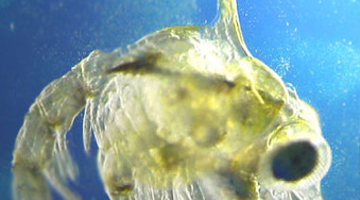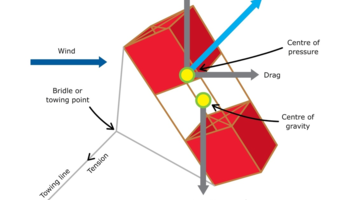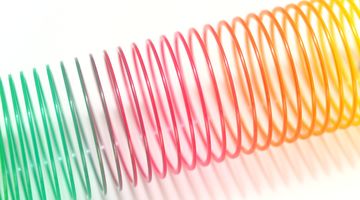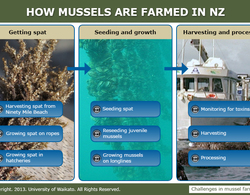

The noisy reef takes us under the waves to the reefs of New Zealand to explore sound and noise under water. Using this unique habitat, we look at what sound is, how it travels, what changes under ...
READ MORE

An inquiry approach is a method often used in science education. The question bank provides an initial list of questions about how underwater animals use sound in their world and indicates where ...
READ MORE

The reefs of New Zealand are noisy places, not the silent world that many of us imagine. The animals that live on reefs, such as shrimp, kina and fish, all have their distinctive sounds, and this ...
READ MORE

In this activity, students work in small groups and come up with their own classification system for a number of marine organisms. By the end of this activity, students should be able to: explain ...
READ MORE

The New Zealand cockle, also known as tuaki or tuangi, is endemic to Aotearoa New Zealand’s coastal areas. They are filter feeders and are well adapted to their preferred habitat of soft mud and ...
READ MORE

Aotearoa New Zealand is rich in animal life – from tiny pepeketua and giant wētāpunga to ngā manu a Tānemahuta and ngā ika a Tangaroa. Some of these animals are unique to particular locations ...
READ MORE

Are you looking for ways to teach forces? If you’re new to the Science Learning Hub, you may want to start with our introductory video on teaching physics. Help, I’m teaching physics Discover ...
READ MORE

In this recorded professional learning session, Greta Dromgool and Ted Cizadlo will build your confidence to teach about the Physical World. The New Zealand Curriculum achievement objectives for ...
READ MORE

In this recorded professional learning session, Greta Dromgool and educators from the New Zealand Association of Primary Science Educators (NZAPSE) explore fun ways you can learn and teach about ...
READ MORE
Dr Craig Radford from the Auckland University Leigh Marine Laboratory explains his research into how kina make sound and the effects of the kina shell size on the resonant frequency Point of ...
READ MORE
New Zealand reefs are noisy places. Why and what is making all that noise? Postdoctoral fellow Dr Craig Radford of the Leigh Marine Laboratory talks about some of the noisy species found on New ...
READ MORE
Auckland University PhD student Jenni Stanley talks about her research with crab larvae and sound. She talks about where she got the idea to look at this phenomenon and why crab larvae might use ...
READ MORE

Green-lipped mussels are New Zealand’s major aquaculture species. In this interactive, Professor Andrew Jeffs (Leigh Marine Laboratory) describes the key stages in farming green-lipped mussels ...
READ MORE

Green-lipped mussels are New Zealand’s major aquaculture species. In this interactive, Professor Andrew Jeffs (Leigh Marine Laboratory) discusses some of the challenges faced by New Zealand’s ...
READ MORE

Use this interactive to label parts of a cockle/tuangi. Drag and drop the text labels onto the boxes next to the diagram. Selecting or hovering over a box will highlight each area in the diagram ...
READ MORE